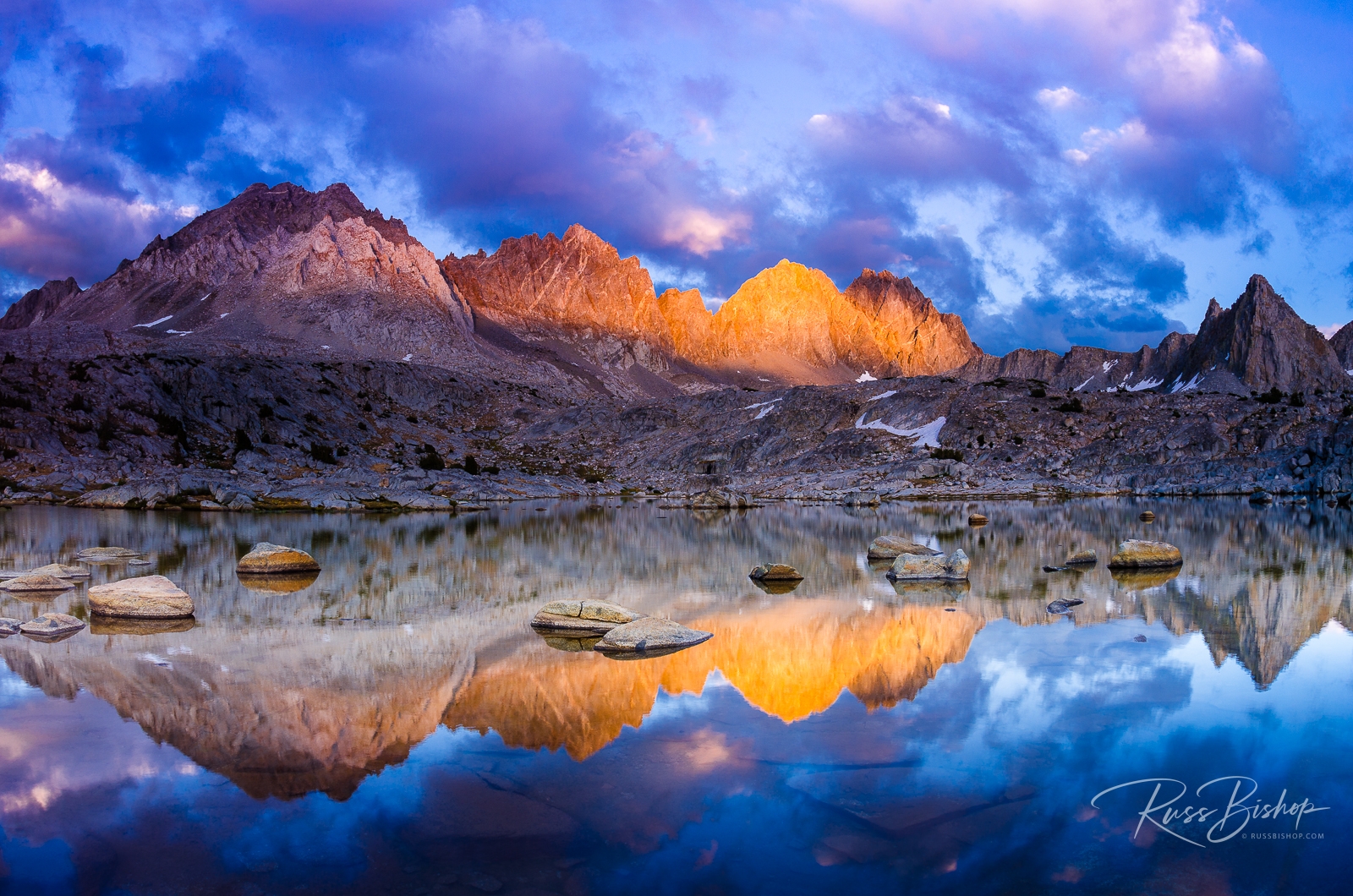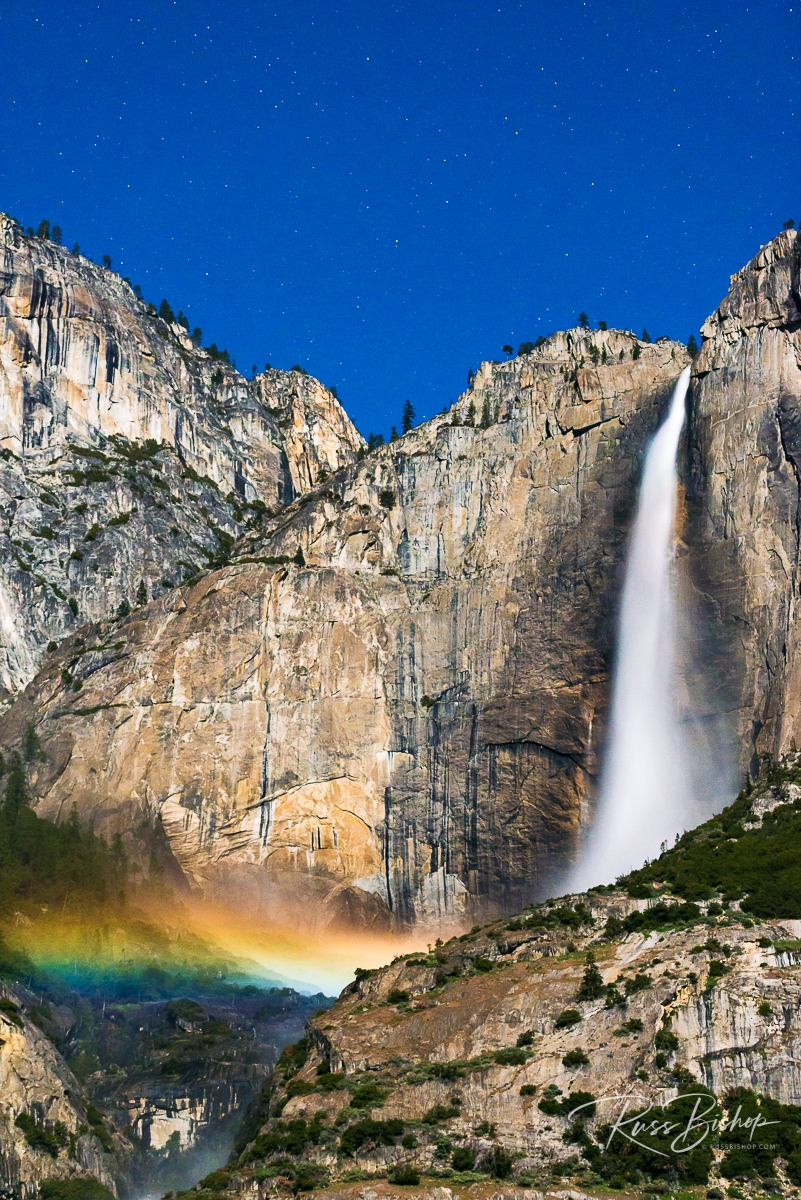
America’s Best Idea. August 25th is the 107th birthday of the National Park Service. Established in 1916 by President Woodrow Wilson, the Park Service was created to “conserve the scenery and the natural and historic objects and the wild life therein…for the enjoyment of future generations.”
Its humble beginnings started with just thirty-five parks administered under the Department of the Interior. Today the National Park System encompasses over 400 units that include parks, monuments, and historic sites. Ken Burns’ recent film The National Parks: America’s Best Idea rekindled the connection many feel with the parks, and is a wonderful tribute to the history and originality that first made them possible.
The National Park Foundation is the official charity of America’s national parks and a great resource for staying in the loop about local events and activities. It’s also a great first stop for researching a park or to put the finishing touches on planning your next big adventure. So #findyourpark and celebrate America’s Best Idea.
©Russ Bishop/All Rights Reserved


